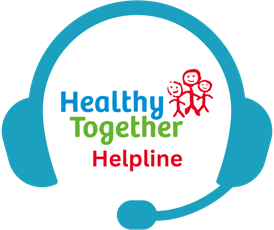Whilst rare, thunderstorms can trigger severe asthma attacks in children (and adults) that are known to wheeze and in hayfever sufferers, as pollen is broken into even smaller pieces that can move deeper into the lungs.
There are lots of things you can do to help:
First – keep pollen at bay
Take antihistamine medicines if you or your child suffer from hay fever (symptoms include sneezing, cough, itchy eyes or skin, or runny nose). Keep windows closed, change your clothes and have a shower after being outside. You may find wearing a mask outdoors helps. Your local pharmacy can advise and provide the right antihistamine for your child. Always read the dosage instructions.
Two – know your inhalers
Take your asthma steroid PREVENTER (usually a brown, pink or purple inhaler) inhaler regularly if you have been prescribed one. Always use a spacer, if you have one, to help medicine get to the lungs.
The blue inhaler can be used as needed if you have difficulty breathing. A child can have two puffs at a time (ideally using a spacer as in the videos below) – up to 10 puffs. If they improve and can talk in full sentences and can drink then you can monitor them at home.
If they continue to need more than 10 puffs in a four-hour period call 111 or your GP.
When to come to the emergency department:
If your child is still struggling after 10 puffs or any of the following symptoms occur, please attend the Emergency Department:
- Too breathless to talk
- Breathing rapidly
- Floppy or unresponsive
- Blue lips
- Grunting when breathing
- Muscles in neck and between ribs pulling when breathing
You can keep giving the blue inhaler until you get to the hospital.
More on how to use your inhaler properly here:
These videos were not produced by Health for Under 5s and may contain adverts.
Leicestershire Partnership NHS Trust is responsible for the writing, publishing and updating of the content on this page.







